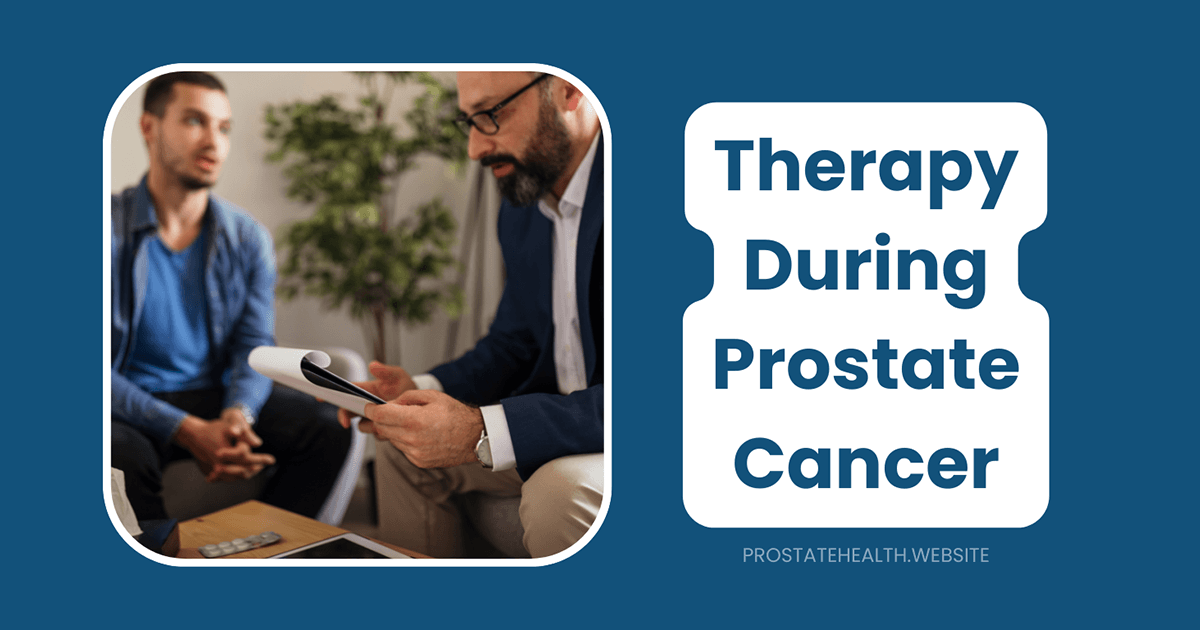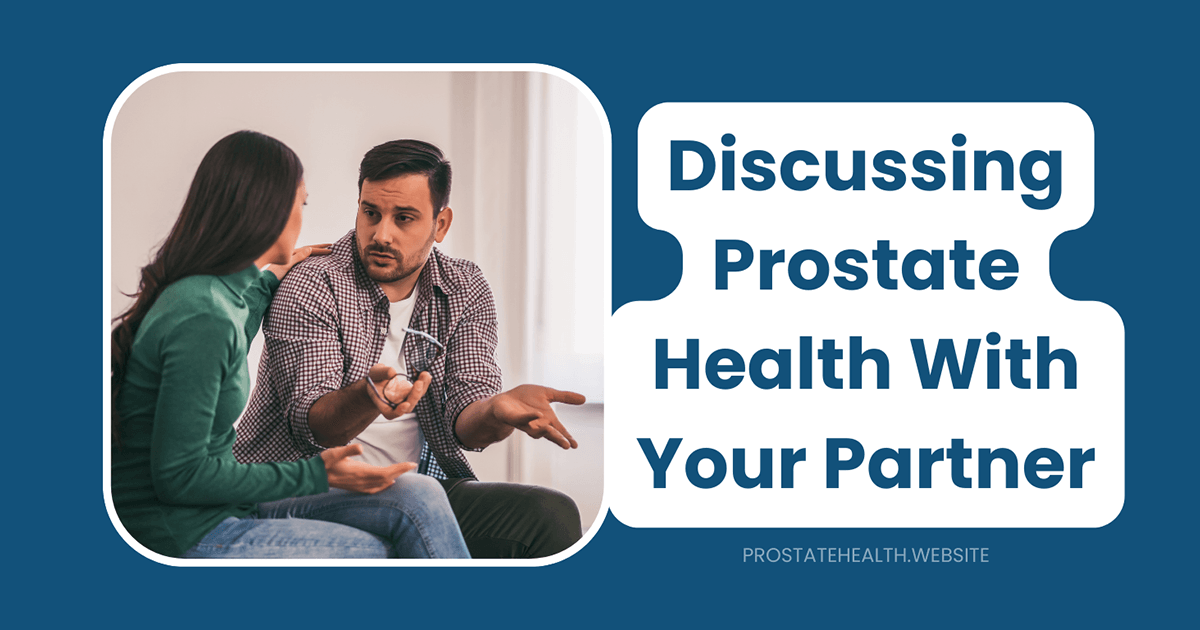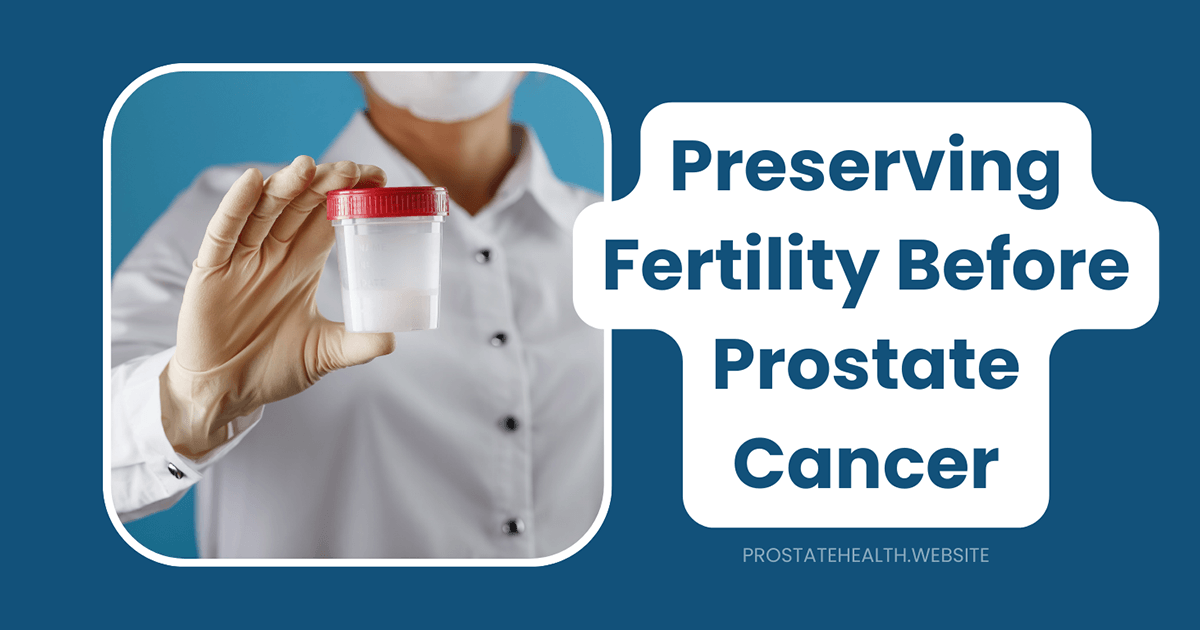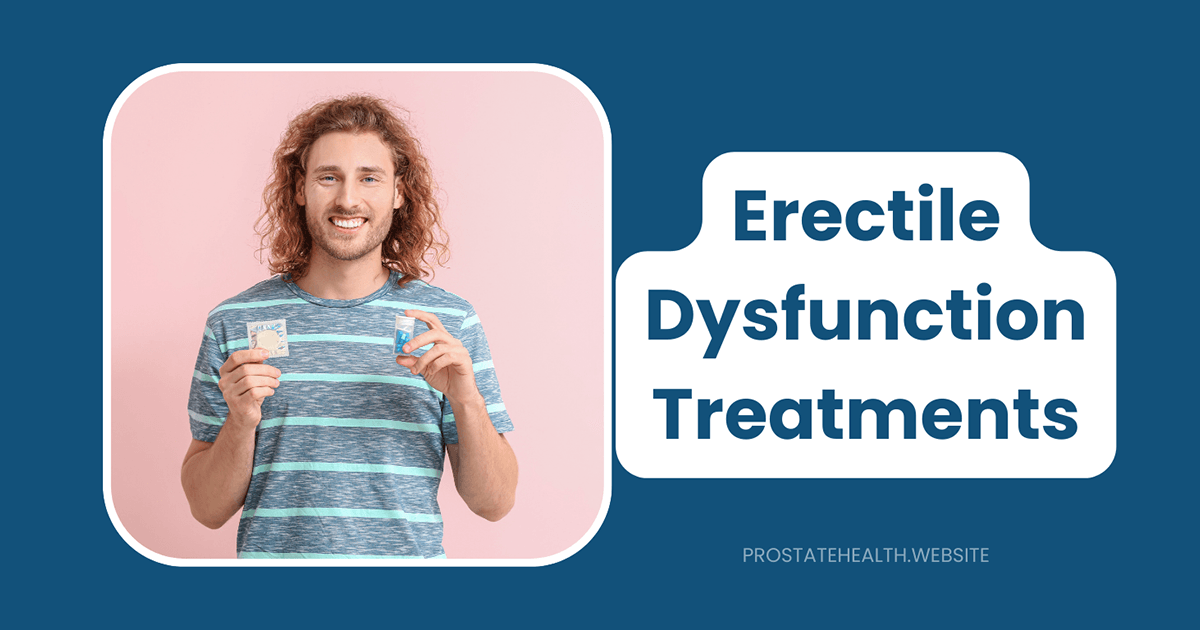Adaptive Clothing and Products for Men with Prostate Conditions

Living with a prostate condition—whether it’s an enlarged prostate (BPH), recovering from prostate surgery, or managing prostate cancer treatment—often comes with practical challenges that can impact your daily comfort and confidence. One of the most common concerns men face is managing urinary symptoms, from mild leakage to more significant incontinence.
As someone who’s worked with countless men navigating these challenges, I’ve seen firsthand how the right adaptive clothing and specialized products can make a tremendous difference in quality of life. These innovative solutions aren’t just about managing symptoms—they’re about maintaining dignity, independence, and confidence as you continue to live an active life.
Understanding the Need for Adaptive Solutions
Prostate conditions can affect your daily life in several ways that might necessitate specialized clothing and products:
- Post-surgery recovery: After prostate surgery, temporary or longer-term incontinence is common
- Radiation therapy effects: Treatment can sometimes irritate the bladder, leading to urgency or leakage
- Hormone therapy impacts: Some treatments can cause fluid retention or body shape changes
- Catheter management: Some men may need to manage catheters for periods of time
- Mobility challenges: Treatments or the condition itself might temporarily affect mobility
Dr. James Wilson, urologist at Michigan Urology, explains: “Many men are surprised by how much their daily routines are affected by prostate conditions. The right adaptive products can make a significant difference not just in physical comfort, but in psychological wellbeing and social confidence.”
Adaptive Clothing Solutions
Specialized Underwear Options
Absorbent Underwear
- What they are: Underwear with built-in absorbent layers that look like regular briefs or boxers
- Best for: Light to moderate incontinence
- Features to look for:
- Moisture-wicking inner layer to keep skin dry
- Odor-controlling technology
- Waterproof outer layer to prevent leaks
- Machine washable materials
Top options include:
- Depend Real Fit – Looks like regular boxer briefs
- Because Premium Maximum Plus – Higher absorbency for active days
- Wearever Men’s Incontinence Briefs – Washable option for sustainability
Adaptive Briefs with Side Closures
- What they are: Underwear with side snaps or Velcro closures
- Best for: Men with limited mobility or those managing catheters
- Features to look for:
- Easy-to-use closures (snaps, Velcro, or magnets)
- Soft, non-irritating materials
- Reinforced seams for durability
Top options include:
- Men’s Allergy-Free Adaptive Velcro Brief – Made from hypoallergenic organic cotton
- Men’s White Cotton Briefs with Side-Snap Closures – Classic design with modern adaptive features
- Men’s Adaptive Boxer with Side-Snap Closures – Boxer style with easy access
Mark, a 67-year-old recovering from prostate surgery, shares: “The side-snap briefs were a game-changer during my recovery when I had a catheter. They made changing so much easier and less painful, especially in those first few weeks.”
Adaptive Pants and Trousers
Side-Zip Pants
- What they are: Pants with full-length zippers along one or both sides
- Best for: Men with mobility issues or those managing catheters
- Features to look for:
- Quality zippers that don’t catch
- Elastic waistbands for comfort
- Discreet design that looks like regular pants
- Catheter access options if needed
Top options include:
- CareZips® Men’s Adaptive Pants – Three zippers for maximum accessibility
- Men’s Easy Touch Side Zip Pant with Catheter Access – Specifically designed for catheter management
- Adaptive Side-Zipper Lightweight Knit Pants – Casual option for everyday wear
Open-Back Designs
- What they are: Pants with an overlapping back panel for seated dressing
- Best for: Wheelchair users or men with significant mobility limitations
- Features to look for:
- Dignified overlap that prevents exposure
- Secure closures (snaps or Velcro)
- Comfortable seated wear without bunching
Top options include:
- Men’s Open Back Fleece Pant – Warm option for cooler weather
- Men’s Open Back Cotton Trouser Pant – Dressier option for social occasions
- Men’s Adaptive Open-Back Seat Modesty Fleece Pants – Extra coverage for dignity
Specialized Swimwear
For men who enjoy swimming but worry about incontinence issues:
- Adaptive Men’s Full Length Side Zipper Swim Shorts – Easy to put on and remove, even when wet
- Incontinence Swim Briefs – Discreet protection for water activities
James, a 72-year-old with an enlarged prostate, notes: “I had given up swimming until I found specialized swim shorts. Now I’m back in the pool three times a week, which has been wonderful for my overall health and mood.”
Beyond Clothing: Specialized Products
Incontinence Management Products
Male Guards and Shields
- What they are: Contoured absorbent pads designed specifically for male anatomy
- Best for: Light to moderate leakage
- Features to look for:
- Anatomical shape for better fit and protection
- Adhesive strip to secure to underwear
- Various absorbency levels for different needs
Top options include:
- NorthShore DoubleStop Male Guards – Dual-core design for optimal absorption
- Depend Guards for Men – Widely available with odor control
- Because Male Guards – Subscription option for convenience
External Catheters
- What they are: Non-invasive sheaths that fit over the penis and connect to a collection bag
- Best for: Men with moderate to severe incontinence who want an alternative to absorbent products
- Features to look for:
- Proper sizing (typically available in multiple sizes)
- Skin-friendly adhesive
- Comfortable, flexible materials
Top options include:
- Liberty Male External Catheter – Self-adhering design
- Conveen Optima – Reliable seal with skin-friendly adhesive
- Hollister InView – Clear design for easy monitoring
Catheter Accessories
For men managing indwelling catheters:
- Leg bags: Discreet collection bags that strap to the leg under clothing
- Catheter clips and holders: Secure catheters to clothing to prevent pulling
- Catheter valve systems: Allow intermittent drainage without a continuous collection bag
Innovative Technology Solutions
The field of prostate health management is seeing exciting innovations:
- DriQ Health System: An AI-powered, disposable incontinence detection system that can alert caregivers or the wearer about wetness before leakage occurs
- CathConnect: A safety device that allows catheters to safely disconnect if accidentally pulled, reducing injury risk
- Smart moisture sensors: Discreet devices that can be placed in underwear to alert you before leakage becomes visible
Dr. Michael Chen from the American Urological Association notes: “The innovation we’re seeing in this space is remarkable. Technology is making management of prostate-related symptoms more dignified and less intrusive than ever before.”
Bedroom and Home Solutions
Bedding Protection
- Waterproof mattress protectors: Protect your mattress while being undetectable
- Washable bed pads: Placed only where needed for targeted protection
- Moisture-wicking sheets: Help keep skin dry and comfortable
Bathroom Modifications
- Raised toilet seats: Reduce strain when sitting and standing
- Toilet frames: Provide support and stability
- Portable urinals: For nighttime use to reduce urgent trips to the bathroom
Furniture Protection
- Discreet chair pads: Waterproof but cloth-covered for normal appearance
- Furniture protectors: Larger waterproof covers for sofas and recliners
Choosing the Right Products for Your Needs
The best approach to selecting adaptive clothing and products depends on your specific situation:
Assess Your Specific Needs
- Type of incontinence: Stress, urge, or overflow incontinence may require different solutions
- Severity: Light drips versus more significant leakage
- Mobility considerations: Whether you need easy-access clothing
- Daily activities: Special needs for work, exercise, or social situations
Consult with Healthcare Professionals
- Urologist: Can provide guidance on expected duration of symptoms and appropriate management
- Continence nurse specialist: Expert in product selection and usage
- Occupational therapist: Can help with adaptive techniques for dressing and product use
Consider Practical Factors
- Ease of use: Can you manage the closures and features independently?
- Maintenance: Washable versus disposable options
- Cost and insurance: Some products may be covered by insurance or HSA/FSA accounts
- Environmental impact: Reusable versus disposable considerations
Tom, a 65-year-old managing long-term incontinence after prostate cancer treatment, advises: “Don’t settle for the first product you try. I went through several brands before finding what worked best for me. It’s worth taking the time to find the right solution for your specific situation.”
Insurance Coverage and Financial Considerations
Many men are surprised to learn that some adaptive products may be covered by insurance:
- Medicare coverage: May cover certain supplies if deemed medically necessary
- Private insurance: Coverage varies widely; check your specific plan
- HSA/FSA eligibility: Most incontinence products qualify for health savings account purchases
- Veterans benefits: The VA may cover products for qualifying conditions
To maximize coverage:
- Get a prescription or letter of medical necessity from your doctor
- Contact your insurance provider about specific coverage details
- Keep receipts for possible tax deductions or reimbursement
- Consider online retailers that work directly with insurance companies
Living Confidently with Prostate Conditions
The right adaptive clothing and products can help you maintain an active, confident lifestyle while managing prostate-related symptoms:
Practical Tips for Daily Living
- Layer strategically: Dark colors and patterns can help disguise potential leaks
- Carry a discreet kit: Small bag with replacement products and cleaning supplies
- Plan ahead: Know bathroom locations when out in public
- Stay hydrated properly: Don’t reduce fluid intake excessively, which can concentrate urine and irritate the bladder
Emotional Wellbeing
- Connect with others: Support groups specifically for men with prostate conditions
- Communicate with partners: Open discussion reduces anxiety
- Focus on what you can do: Maintain activities you enjoy with appropriate adaptations
- Remember this is common: You’re part of a large community of men managing similar challenges
The Future of Adaptive Solutions
The field of adaptive clothing and products for men with prostate conditions continues to evolve rapidly. Innovations on the horizon include:
- Smart textiles: Fabrics that can detect moisture and provide alerts
- Improved aesthetics: More fashionable designs that look indistinguishable from regular clothing
- Sustainable options: Eco-friendly materials and reusable designs
- Integrated technology: Wearable devices that monitor symptoms and provide real-time management suggestions
The Bottom Line
Prostate conditions and their symptoms don’t have to limit your lifestyle or diminish your confidence. Today’s adaptive clothing and specialized products offer discreet, effective solutions that can help you maintain independence, comfort, and dignity.
Remember that finding the right products often involves some trial and error. Be patient with yourself during this process, and don’t hesitate to ask for guidance from healthcare professionals who specialize in these issues.
Have you found particular products or strategies helpful in managing prostate-related symptoms? Share your experiences in the comments below.






